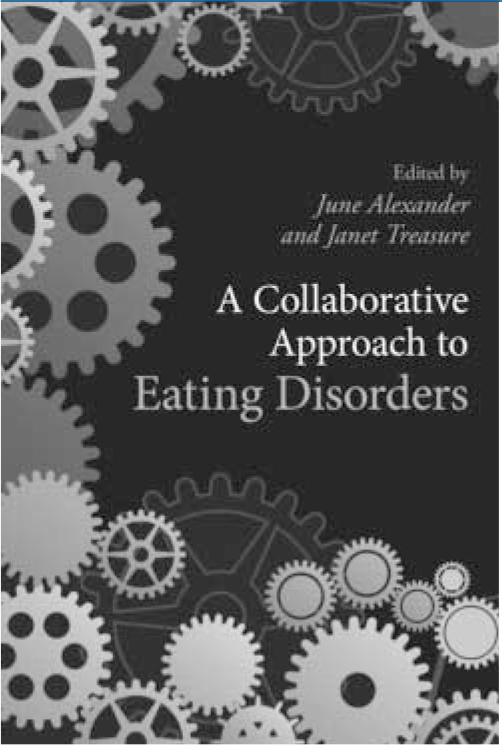
This new book on eating disorders, which is targeted primarily at general practitioners (GPs), is a collaboration between June Alexander, an ex-eating disorders sufferer and activist, and Janet Treasure, a world-renowned researcher in the field. They have brought together an impressive array of clinicians and researchers from around the globe to contribute chapters.
Divided into four sections – understanding risk and resilience for eating disorders, treatment, clinical presentations and changing the culture – the book includes many biographical accounts, bringing to life the experiences and insights of people with eating disorders and their families.
Part one has three particularly well-written chapters. One elucidates the latest research on genetics, another on neurobiology, synthesises the complex aetiological factors and the interactions between them, and the third, entitled ‘Emotions and empathic understanding’, competently describes new evidence on the range of deficits in emotional processing in anorexia and the salience of these deficits in treatment and recovery.
Part two, which focuses on treatment, has several chapters that describe how to engage, empower and teach the family practical skills to fight the illness. Many adult patients cite the importance of a supportive partner as the main contributing factor to their recovery and this section includes a chapter outlining a new cognitive-behavioural therapy-based protocol, which helps couples to respond to the challenges of anorexia more effectively as a team. Eating disorder clinicians are noticing rising comorbidity and complexity of clinical presentations, with a significant number of patients presenting with self-harm and emotional dysregulation. One chapter describes and provides a clear rationale for an innovative, combined dialectical behaviour therapy and family-based treatment for adolescents to address this issue. The chapter on relapse prevention brilliantly elucidates the multitude of functions an eating disorder plays in a person's life and the huge anxiety and challenge of managing life without the protection of the illness.
Part three, which presents brief chapters on the clinical presentations of subgroups, has a very useful chapter describing how to diagnose an eating disorder in a child. This will be invaluable for GPs to feel confident in understanding the clinical presentation in this age group. This chpater also includes an excellent and succinct outline of an in-patient treatment plan for food phobia in childhood.
Part four is a brief, impassioned plea for better public understanding of eating disorders as the very serious brain disorders they are, and better, faster access to empirically supported treatment for patients.
The book also includes a great list of resources for people with eating disorders and their carers. My only criticism is that a few chapters were too brief to be really useful and a couple required further editing.
I would recommend this book to all clinicians who want to know what's new in the science and treatment of eating disorders in an easy-to-read and jargon-free format.



eLetters
No eLetters have been published for this article.